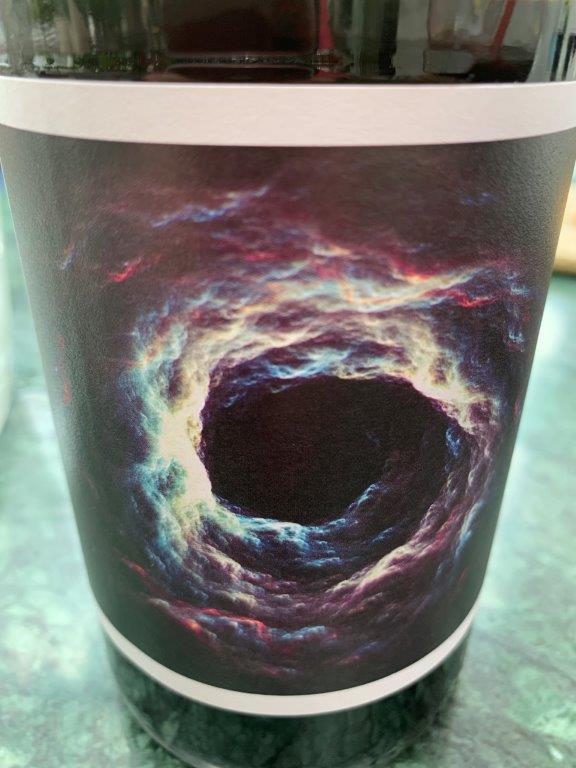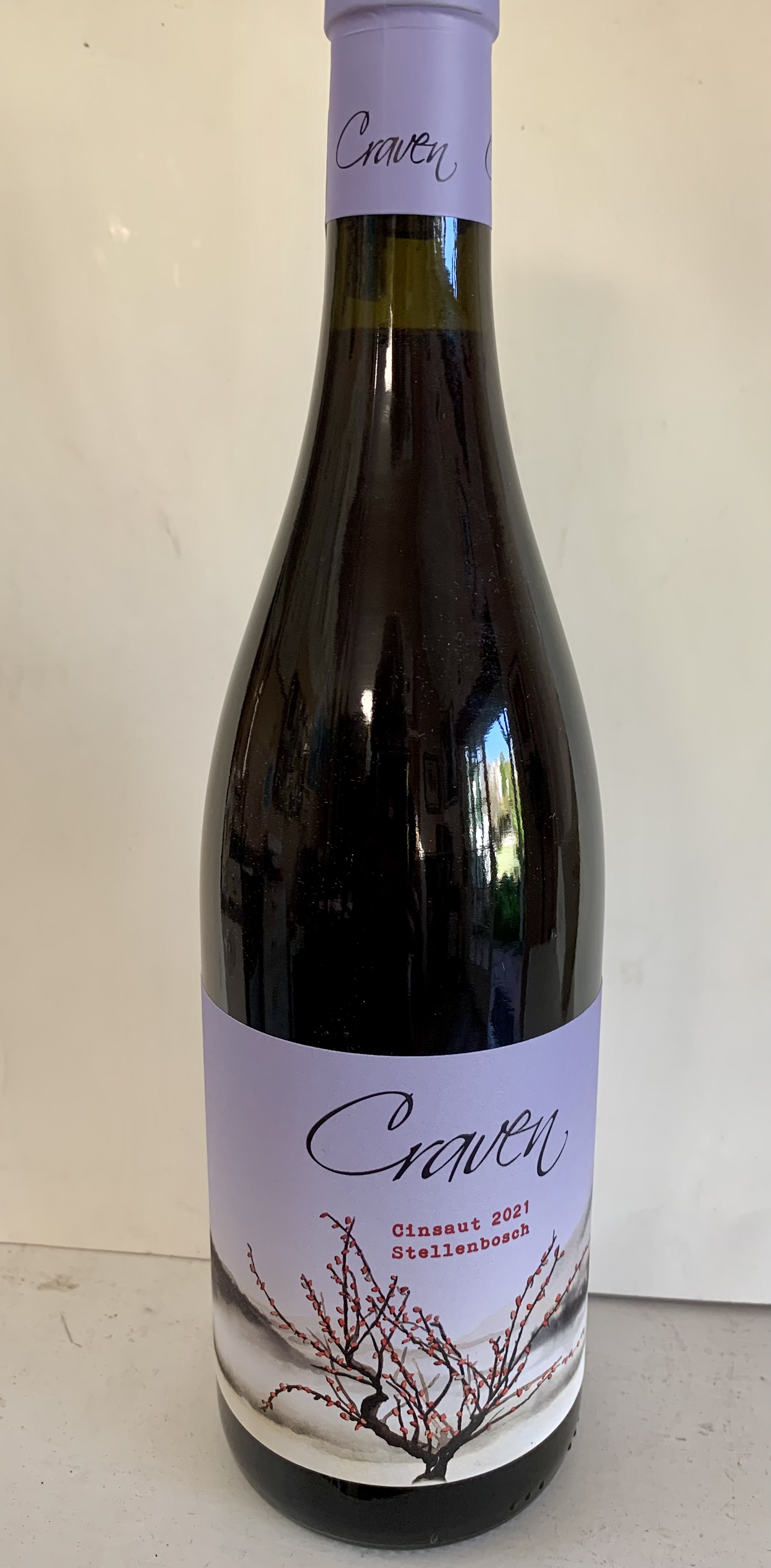In praise of lighter reds
During the 1970s and ‘80s, alcohols of around 11% to 12.5% were typical in red wines; these were, in part, due to virus-infected vines which struggled to produce sugar. With the arrival of virus-free vine material, sugar levels swiftly rose to 14% and beyond; the wines became richer, new small oak was used more generously and the high level of ripeness often resulted in a few grams of residual sugar. The style gathered, and still appeals to, many fans. For a new generation of winemakers, these big, powerful wines have palled. An emerging trend suggests a return to those moderate alcohols of the 1970s and ‘80s; not just lower alcohol, but less extraction and oak with an increase in texture and freshness.
I asked three producers pursuing this goal about the challenges and benefits: Mick Craven, co-owner of Craven wines; Craig McNaught and Clayton Reabow of Lokaia and Jolandie Fouché of Woman and Wolf.
Can full ripeness still be achieved with lower alcohols, given those higher sugar levels from virus-free material? ‘For us, full ripeness is a subjective thing,’ Mick contends; ‘what we perceive as ripe fruit might be under-ripe for others.’ He stresses the importance of balance between acidity and flavour ripeness. Jolandie agrees; ‘For a lower alcohol wine, I look for balance in sugar vs acid vs flavour vs tannin.’ Her view is that balance in the vineyard is also necessary, easier with older vines on less vigorous soils. Selection of vineyard and grape variety is crucial for the Lokaia team. Their cabernet franc is from a high-altitude block, where summer sun and big swings in temperature, produces healthy, physiologically ripe grapes.
Other challenges? Mick’s view is that lighter wines tend to amplify attributes in the wine, for better or worse, whereas those with more extract and richness can mask imperfections. And benefits? Jolandie maintains with lower alcohol, the wine will ferment dry, less than 2 grams/litre residual sugar. She warns; ‘In lower alcohol, dry wines you have to work the grapes gently not to extract harsh tannins.’ Craig and Clayton agree; ‘We want to gently extract over a long period; our cabernet franc spends three to four months on the skins.’
All agree new oak and, to an increasing extent, any oak masks the wine’s purity and freshness. Lokaia Call of the Void is aged solely in clay pots or amphorae, which allow a small amount of oxygen ingress with no other sensorial components. Concrete is now the preferred medium for the Cravens; this too permits a little oxygenation and is what Jolandie uses as well as old 500L barrels and foudres. Experience shows these vessels facilitate better expression of the vineyards, a major goal in each case.

A commonly held view is that well-oaked, richer red wines have great ageing potential, longer than the lighter styles (those who’ve tasted wines from the 1970s and ‘80s will attest to their ageability and often their wonderful development). ‘We would argue they might age even better,’ retort the Lokaia team. Both they and Jolandie admit they have too few vintages under their belts to say for sure, but Call of the Void with its pH of around 3.2 and tannin antioxidants encourage the potential for long ageing. The Cravens have just completed their 10th vintage; Mick reckons the 2014s are holding well; ‘We feel there is something to wine made from good grapes, natural acidity and balance that helps ageing.’
Lower-alcohol reds with their fresh, expressive and digestibly dry character further illustrate South African wine’s exciting individuality. Something wine lovers should welcome.

- Blog by Angela Lloyd